Nepal is one of the popular destinations for white water rafting and kayaking. White water rafting involves a group of six to eight paddlers. A river guide navigates the raft through fast flowing rivers with turbulent rapids. Nepal offers an exceptional kayaking experience. There are many kayak clinics with highly experienced local and western instructors.
Source of most of the rivers in Nepal are the Himalayas, so they are very steep and full of white water rapids. The rivers that run down the mountains become broad when they flow in the flatlands. White water rafting was commercialized in Nepal in the mid-1970.
The raft is made of hard polyvinyl chloride (PVC) fabric. Even when it is punctured, the raft can float because there are several air chambers, and damage to one chamber does not deflate the raft. Rafting and kayaking in Nepal is very affordable but your experience is priceless.
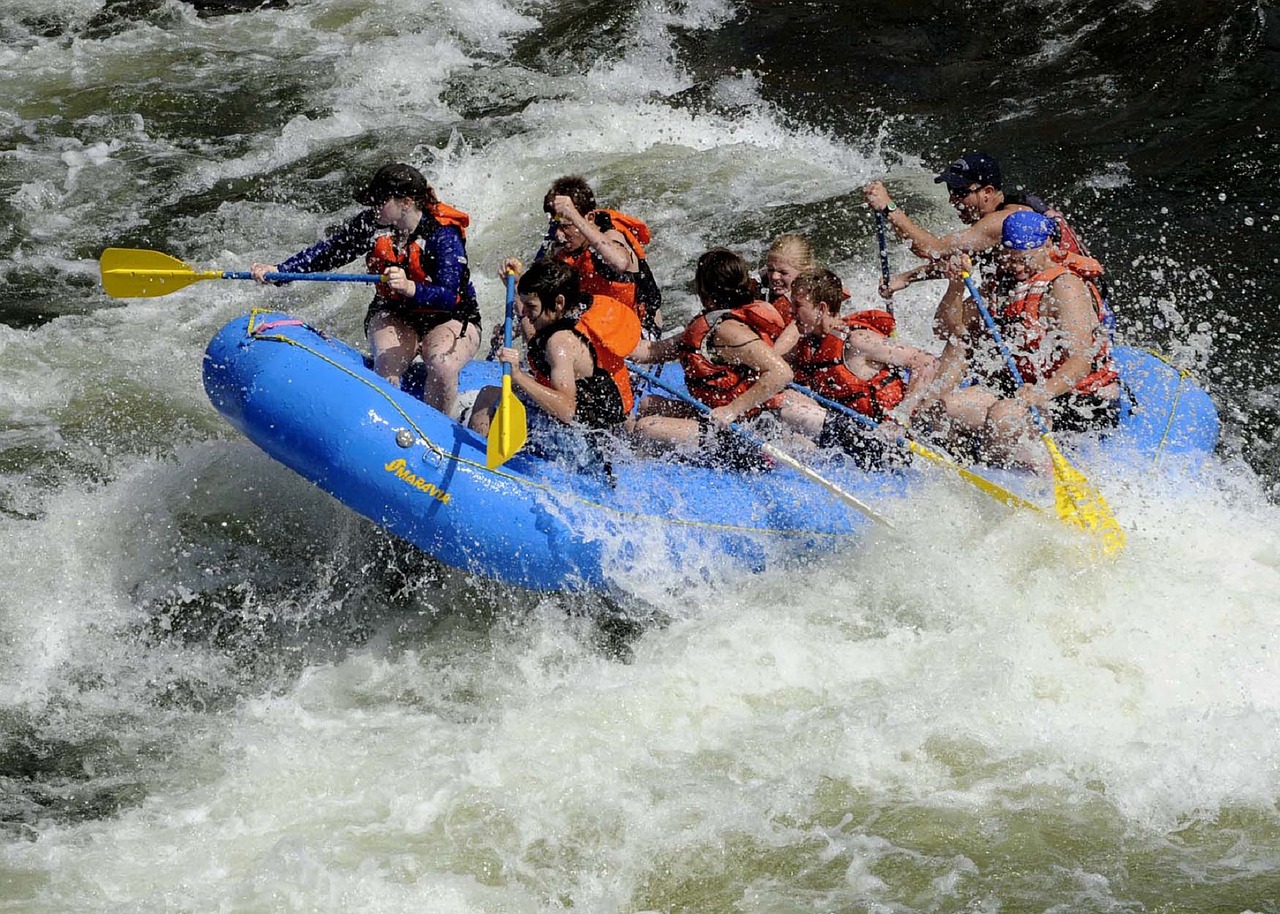
How to choose a river for rafting and kayaking
Depending on time and money you want to spend, you can choose river routes. You can go for one or two days rafting/kayaking or your itinerary can be up to 12 days trip. However, every trip gives you different experience.
Generally rafting and kayaking equipments are provided by the operators. However, you must be always ready to hire some logistics. During the rafting and kayaking expeditions you have to camp in the riverside. You can choose the package that suits you best.
When to go for rafting and kayaking
Due to flash floods, rafting and kayaking in rainy season (June-August) is considered risky. You need highly experienced guides to navigate rivers in monsoon. Source of the most rivers in Nepal are the mighty Himalayas, so in the cold months like January and February rivers run dry. September to early December is the best time for rafting, kayaking and also canoeing.
Planning for rafting and kayaking
If you have limited time, you have to book your rafting and kayaking trip in advance with international or Nepal-based agencies. Local companies charge $30-$80 per day depending on the number of people on the trip, experience of the company, and the river.
Rafting and kayaking trips generally include overnight stay in a campsite. You are required to raft or kayak for 5-6 hours daily. You have to be very cautious while choosing the agencies. Ask if their charge includes food and other logistics. Check how reliable the companies are. Talk to someone who has done rafting and kayaking in Nepal.
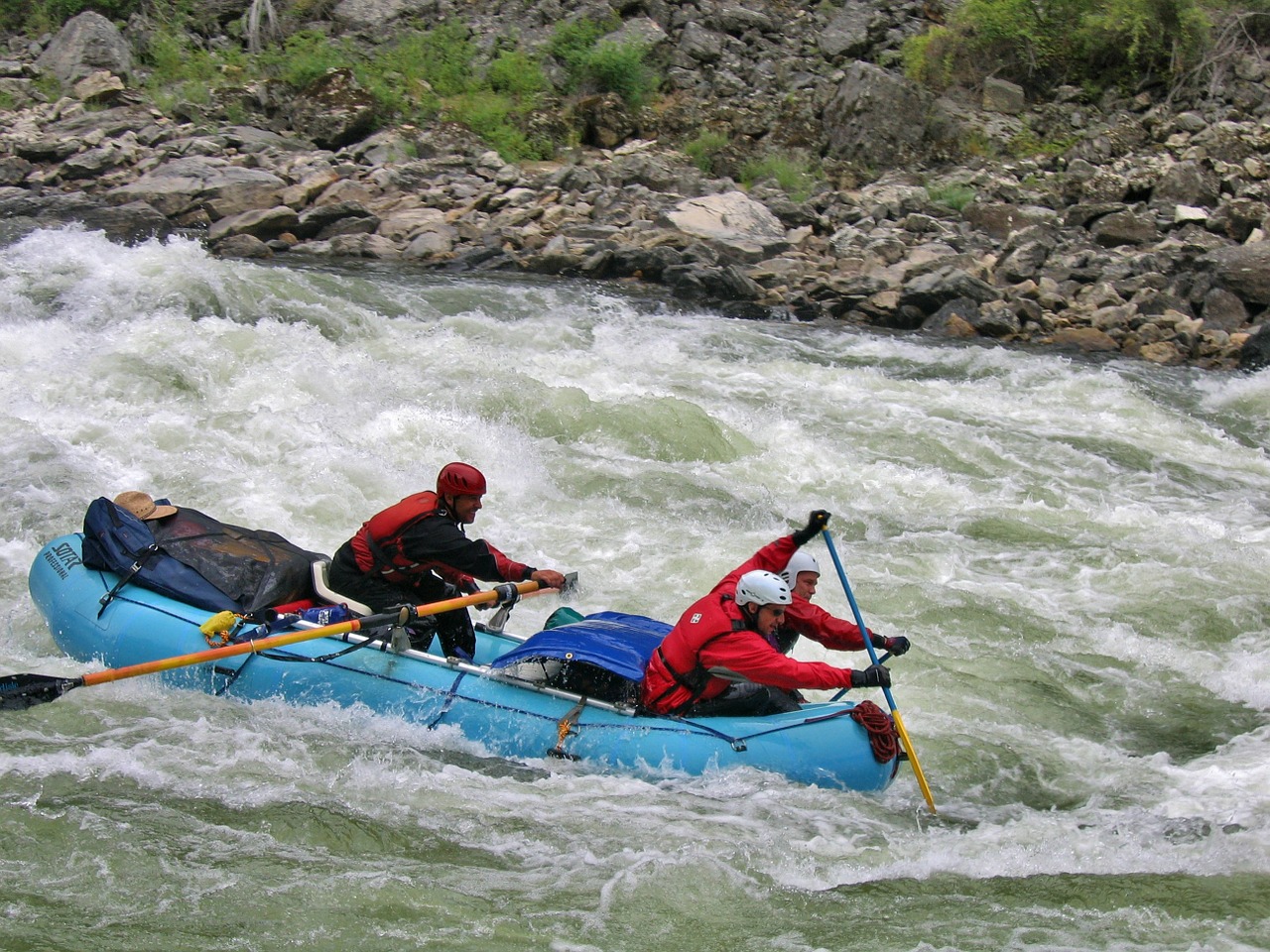
Is it safe to raft and kayak in Nepal?
The answer is yes, but you must be careful about choosing the service company. Make sure that the equipments are of high quality and the river guide is experienced. Before you begin white water rafting, talk to the guides about the equipments and safety measures.
The most important part of river safety is the number rafts or kayak per trips. It is generally advised that there must be at least two rafts or kayak per trip. If someone falls or raft capsizes there has to be another raft to rescue.
What you need for rafting and kayaking
Roll-top dry bags to keep your things dry
Foot wears with good grip
Light clothing that dries quickly and slight warmer cloths for cool night. When you are rafting or kayaking in winter, you need body warmer.
Swimsuits, towel, sun hat, mosquito repellent, sunscreen
Sleeping bags (your company may provide or you can hire in Kathmandu)
Points to remember
- Avoid cotton cloths
- Rafting involves collective effort
- You don’t have to be a swimmer
- You have to be fit, but you don’t need tremendous stamina
- You can experience rafting and kayaking by spending from $100 to $800
- Check if your company provides life-jackets, wetsuits and other logistics such as tents and sleeping bags
- Expect at least 30 percent rapids in the rivers
- There are always constant dangers such as undercut rocks and eddies
- Most of the accidents occur because of a paddler’s irresponsible behavior
Some dos and don’ts
- Don’t do drugs and alcohol during the rafting and kayaking expeditions
- Pay attention to the guides
- Your helmet and jacket must be fitted properly
- Be responsible and always ready for self rescue
- Keep your hands and legs inside the raft
- Even if your raft capsizes or you fall from the raft, don’t panic, stay cool and focused.
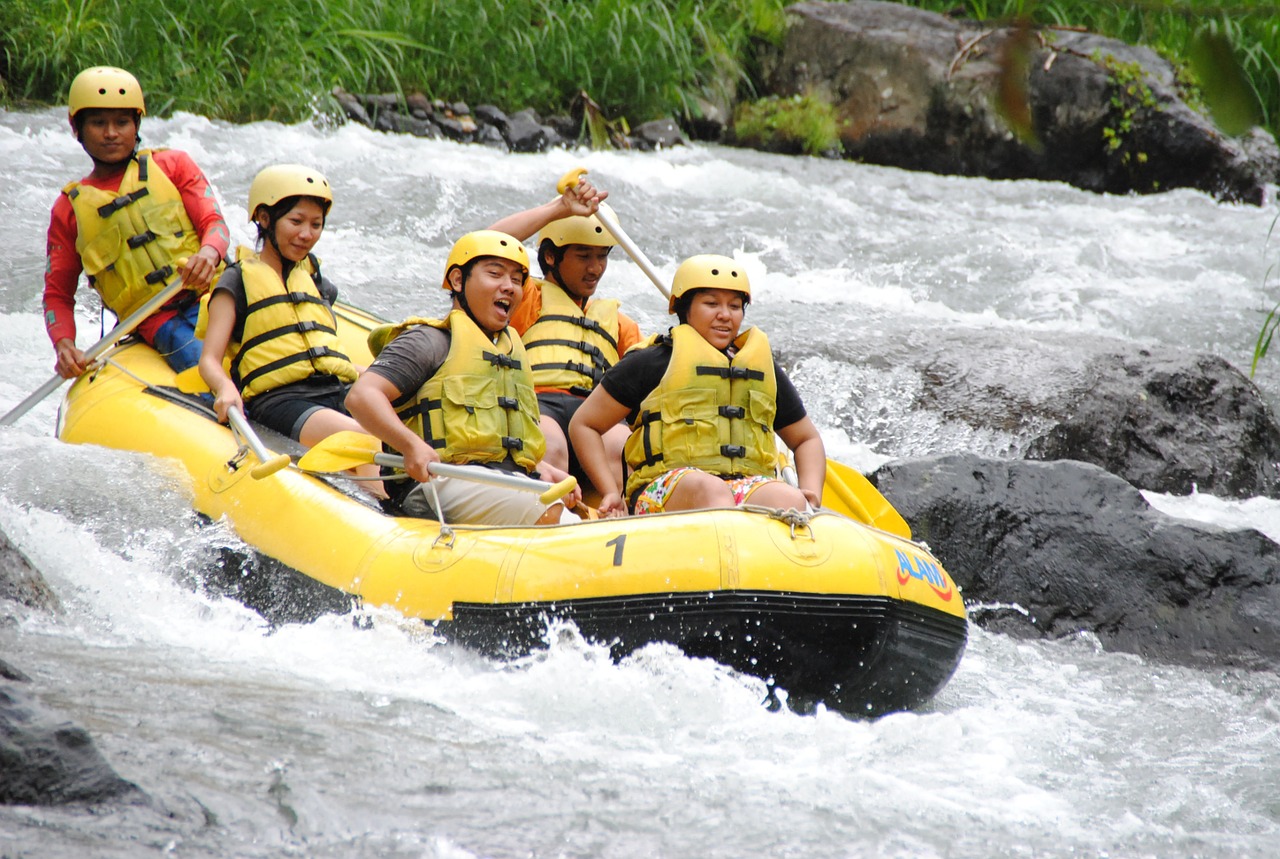
Classification of River Difficulty for Water Sport
The rivers can be divided into six different grades depending on the difficulty level and technical requirements. However, you have to remember, an easy river can be very unsafe in rainy season, whereas very difficult routes can be harmless in dry season. Most of the rivers in Nepal fall in class 3 and class 4 types.
Class 1: This is easy route because the river has small waves, and you require minimal skill; ideal for family trips.
Class 2: The rivers in this class have rough waves and require basic skill. Difficulty level is medium.
Class 3: You need a good guide to navigate class 3 rapids. Difficulty level is challenging. You come across rocks, eddies and jerky waves.
Class 4: In Class 4 rivers, you come across white water and long rapids. You need an expert guide because the rivers are difficult.
Class 5: The Class 5 rivers are long, continuous, and very difficult. There are huge obstacles, steep ascent and strong current. To navigate Class 5 rapids, you need highly experienced guide.
Class 6: Class 6 rivers are considered unsafe. There are high chances for severe injury or even death.
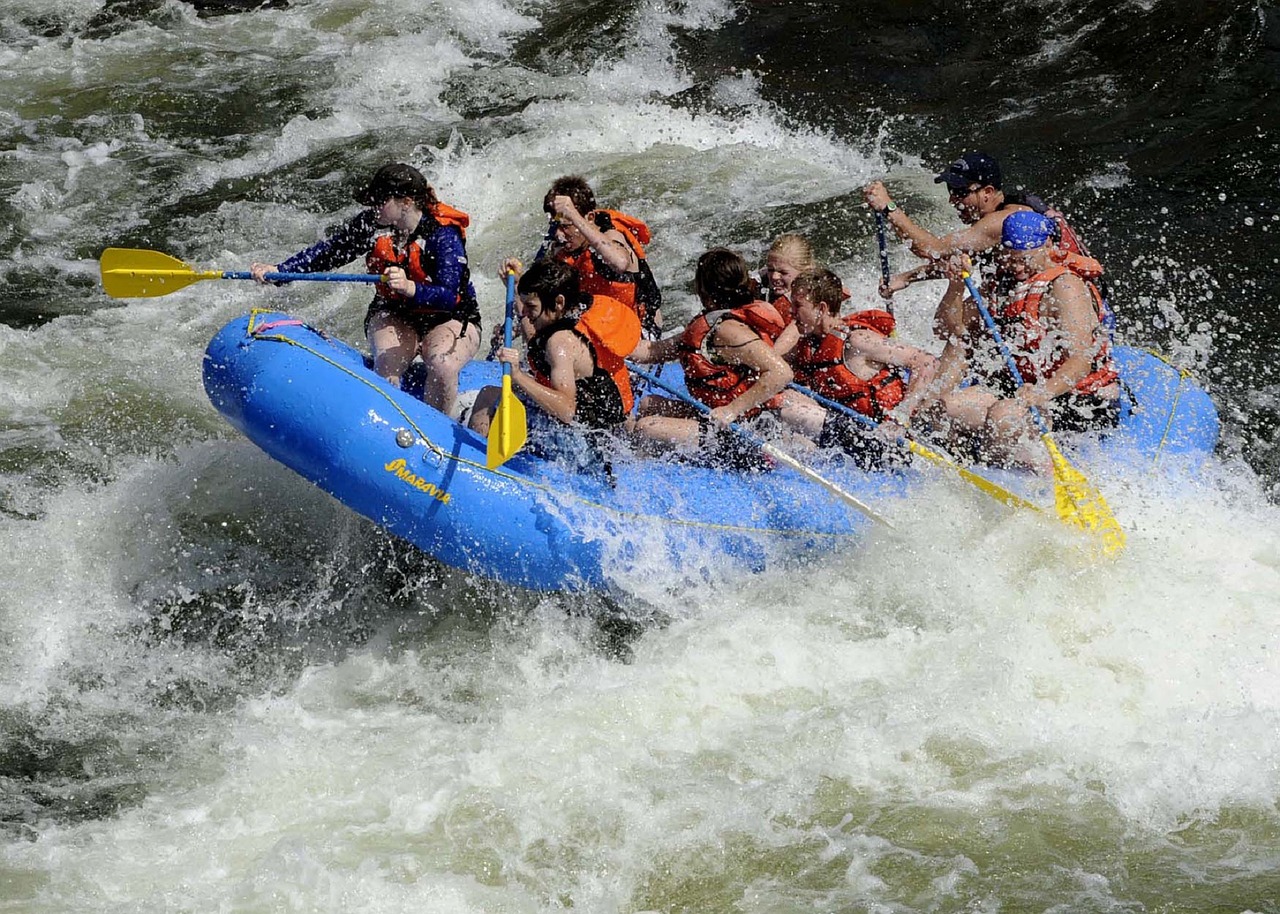
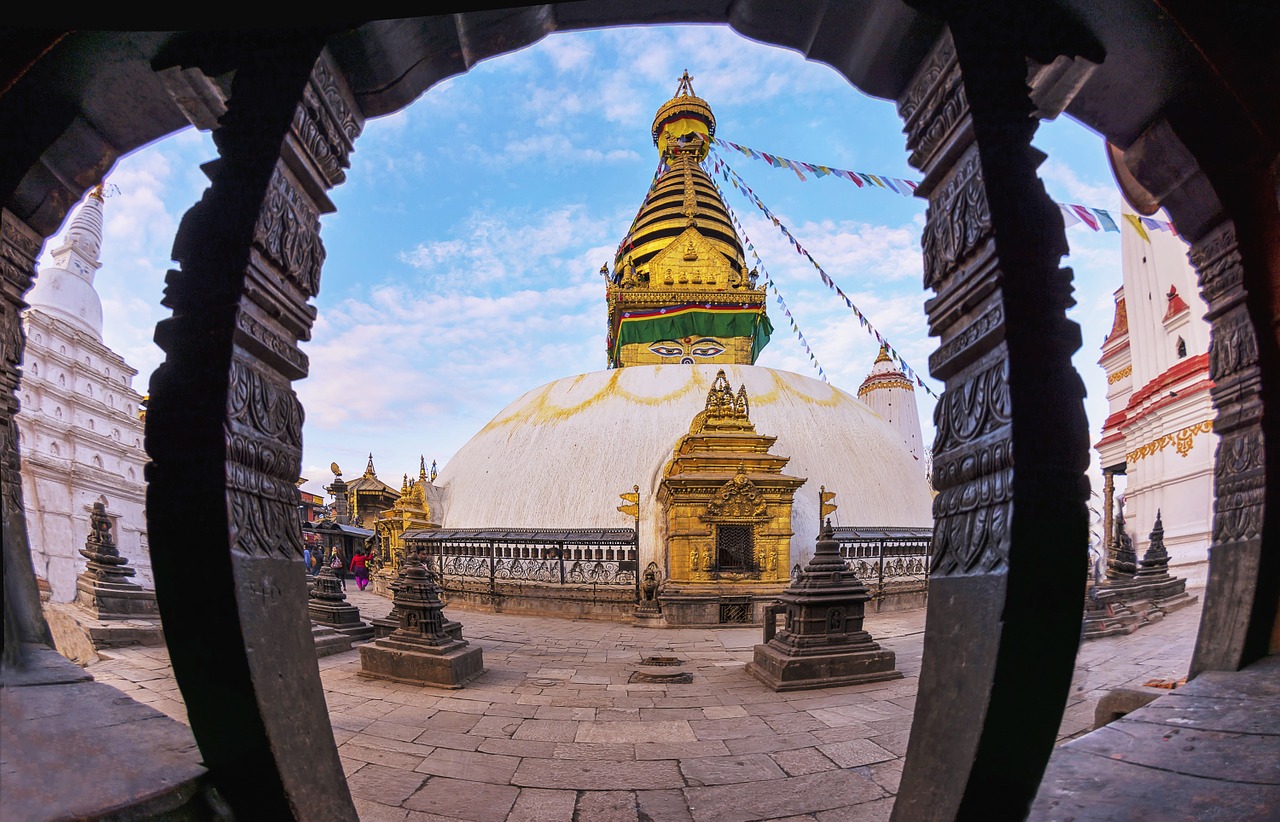

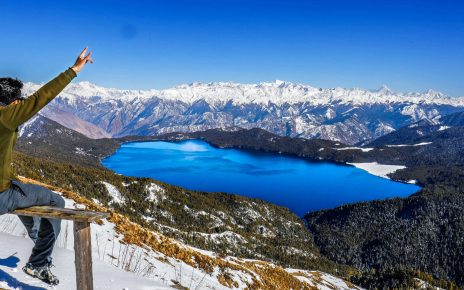
My daughters went to a camp with members of our church. They brought back pictures. They went rafting and kayaking. They said they had a blast! I just know they would love to go rafting and kayaking in Nepal. The camp experience was good practice to get them prepared. LOL.
levaquin 250mg over the counter levaquin for sale
avodart tablet buy dutasteride without prescription zofran 4mg ca
spironolactone 100mg us cost diflucan fluconazole price
ampicillin 500mg usa brand sulfamethoxazole buy erythromycin pill
buy sildenafil 50mg sale methocarbamol pill robaxin usa
purchase suhagra sildenafil 100mg over the counter buy estradiol 1mg pills
oral lamotrigine 200mg order vermox online order tretinoin gel generic
order tadalis online tadalafil 20mg price order generic voltaren 50mg
buy isotretinoin 10mg azithromycin 500mg pill order zithromax 500mg generic
order indocin 75mg generic buy terbinafine online cheap buy generic amoxicillin 500mg
order tadalafil without prescription cheap drugs purchase sildenafil online
buy anastrozole 1mg for sale Viagra 50 mg viagra generic
cialis sans ordonnance en france acheter 20mg gГ©nГ©rique cialis en france viagra generique en pharmacie
buy prednisone 20mg generic deltasone 10mg usa overnight delivery viagra
cialis bestellen cialis 20mg kaufen ohne rezept viagra kaufen ohne rezept
accutane 20mg brand order azithromycin 250mg sale ivermectin 12 mg tablets
order provigil 100mg sale order provigil online brand diamox 250mg
doxycycline online buy purchase clomid pills buy furosemide 40mg
altace 5mg cost clobetasol tablet buy astelin sprayer
clonidine 0.1mg tablet antivert pills tiotropium bromide 9 mcg price
buspirone 5mg drug phenytoin 100mg pills oxybutynin 5mg brand
buy terazosin 1mg generic arava us sulfasalazine 500mg brand
oral alendronate 35mg order ibuprofen 600mg without prescription buy pepcid 40mg generic
benicar price diamox 250 mg cost diamox 250mg cheap
prograf 5mg tablet purchase tacrolimus for sale order ursodiol 300mg for sale
isosorbide cheap purchase telmisartan generic micardis 80mg us
zyban over the counter purchase strattera pills seroquel 100mg without prescription
buy molnunat online cheap order omnicef 300mg generic order prevacid 30mg generic
buy zoloft sale kamagra order viagra 25 mg